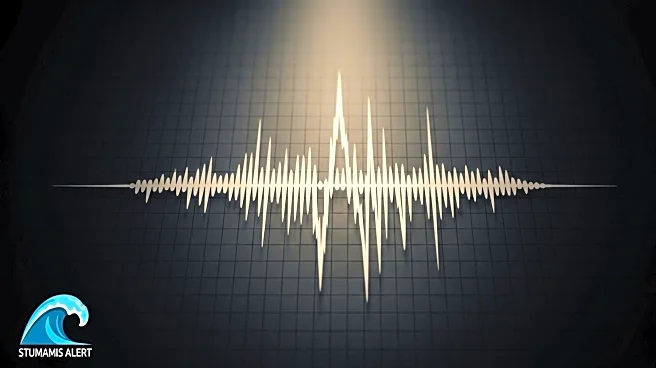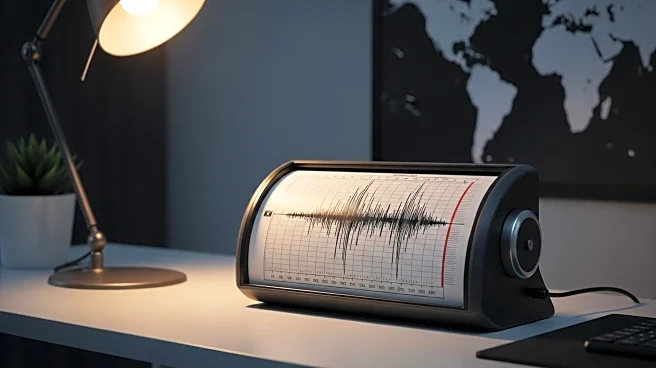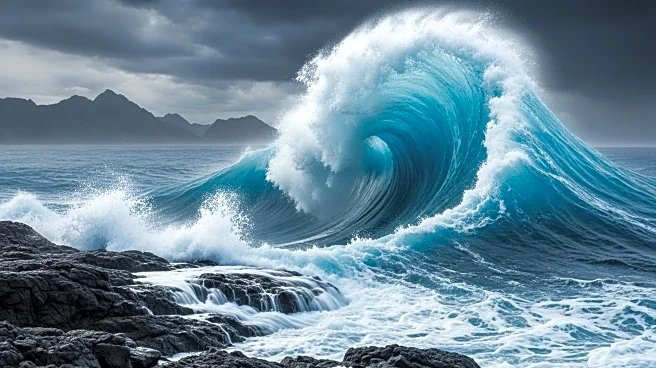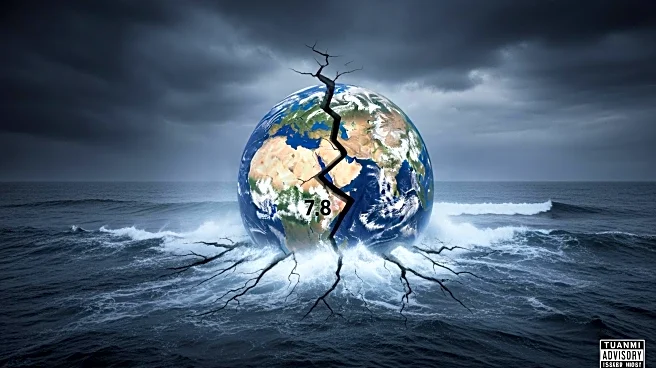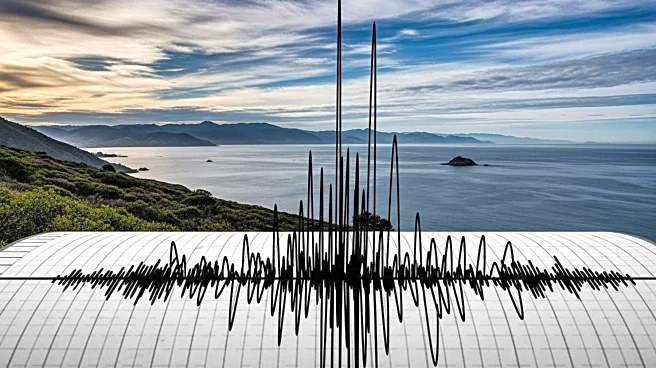What's Happening?
A magnitude 7.8 earthquake struck the Kamchatka region in Russia's Far East, described by the US Geological Survey as an 'aftershock' from a previous massive quake in July. The earthquake triggered tsunami warnings in the region, including parts of the Kuril island chain. Despite the seismic activity, there were no reports of damage, and the tsunami advisory for Alaska was lifted. The earthquake was caused by shallow reverse faulting at a depth of 10 km and was followed by aftershocks.
Why It's Important?
The earthquake underscores the seismic volatility of the Kamchatka region, which is part of the Pacific Ring of Fire. The issuance of tsunami warnings highlights the potential risks to coastal communities and the importance of effective emergency response systems. The event serves as a reminder of the ongoing geological hazards in the area, affecting both local populations and international monitoring efforts. The resilience of the Kamchatka residents and the preparedness of emergency services are crucial in mitigating the impact of such natural disasters.
What's Next?
Emergency services in the Kamchatka region remain on high alert, conducting inspections of social institutions and residential buildings. Authorities will continue to monitor for aftershocks and potential tsunami threats. The US National Weather Service and Pacific Tsunami Warning Center will maintain vigilance for any further seismic activity that could impact coastal areas. The situation calls for continued investment in disaster preparedness and response systems to protect vulnerable communities.

